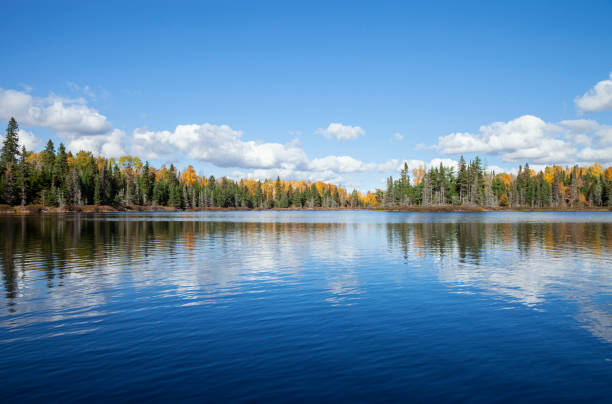


For people on the West Coast, atmospheric rivers, a weather phenomenon that can bring heavy rain or snow from San Diego to Vancouver, are as common a feature of winter as Nor’easters are in Boston.
Like those East Coast storms, “atmospheric river” can feel like a buzzword — more attention grabbing than just “heavy rain,” even if that is how most people walking down the streets of San Francisco will experience it. But it is also a specific meteorological phenomenon that describes the moisture-rich storms that develop over the Pacific Ocean and dump precipitation when they collide with the mountain ranges of Washington, Oregon and California.
These plumes of exceptionally wet air transported through the atmosphere by strong winds are not unique to the West Coast, though. They occur around the world, and a growing number of meteorologists and scientists are beginning to apply the term to storms east of the Rocky Mountains. When days of heavy rain caused deadly flooding in the central and southern United States this spring, AccuWeather pinned the unusual weather on an “atmospheric river.” So did CNN.
While some researchers hope to see the term become more widely adopted, not all meteorologists are doing this, including those at the National Weather Service. At the center of the debate is a struggle over how forecasters describe the day’s weather.
Atmospheric rivers can stretch up to 2,000 miles.
They form over oceans generally in the tropics and subtropics, where water evaporates and collects into giant airborne rivers of vapor that move through the lower atmosphere toward the North and South Poles. They’re distinctly narrow, on average measuring 500 miles wide and stretching 1,000 miles. Many weaker atmospheric rivers bring beneficial rain and snow, but stronger ones can deliver heavy rainfall that causes flooding, mudslides and catastrophic damage.
